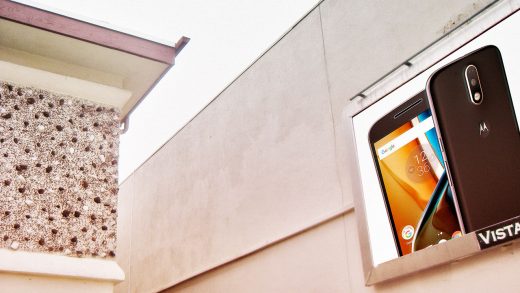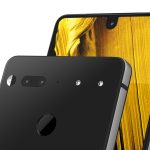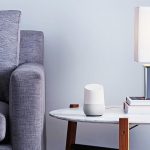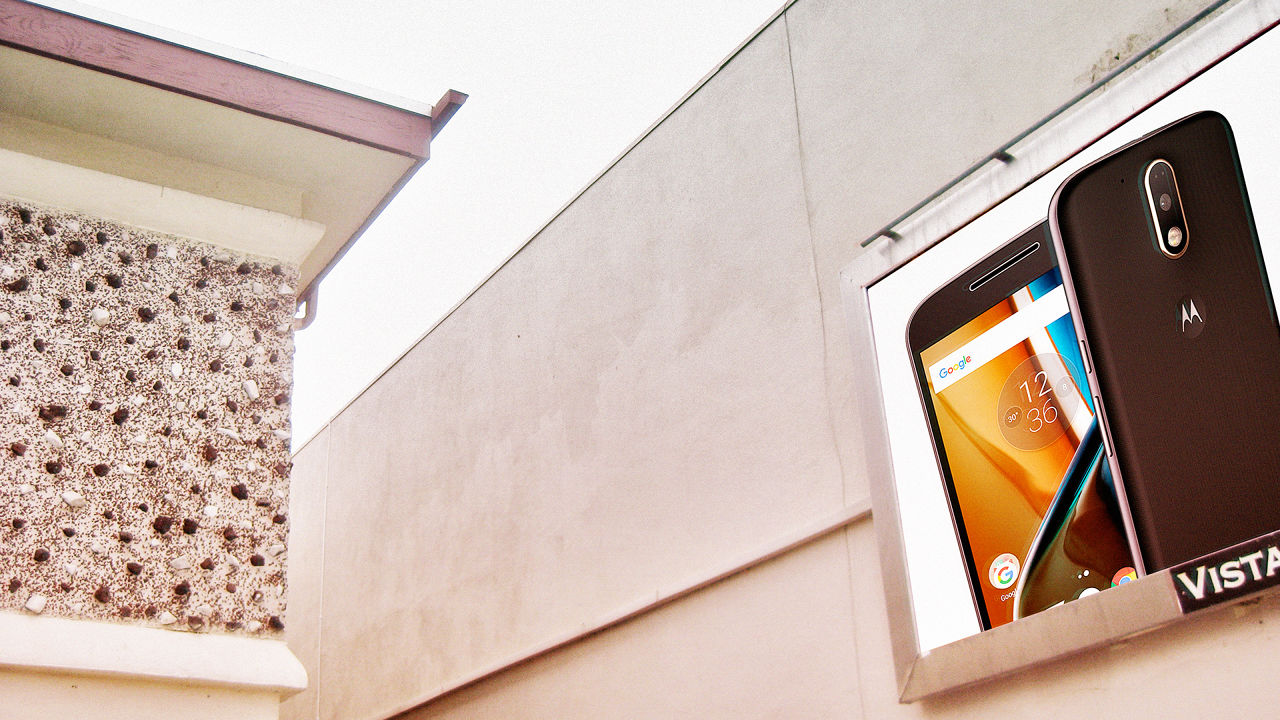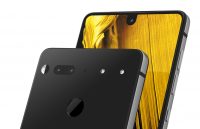Amazon’s Ad-Subsidized Phones Are A Steal (If Your Brain Can Handle Them)
My smartphone would like to sell me some whey.
Or at least it did the last time I turned the screen on. Now it’s trying to hawk a Fitbit Aria. And if recent patterns hold up, I’ll soon be pitched on a set of Jaybird wireless headphones and a new Kindle book.
Such is life with an Amazon Prime Exclusive smartphone. Amazon Prime subscribers can now buy a pair of unlocked phones—either Motorola’s Moto G4 or the Blu R1 HD—each at $50 off the list price and with advertisements built into the lock screen. Amazon’s suite of apps are pre-loaded as well, along with a widget that shows personalized deals from Amazon.com.
After the discount, the Blu R1 costs just $50 (or $60 with double the storage and RAM), and the Moto G4 costs $150. Both come without any contracts or monthly hardware payments. These are surprisingly decent phones for the money, and you could buy a family’s worth of them for less than a $650 iPhone. If Amazon keeps this program going, it’s not hard to imagine a future of free phones subsidized by ads as the cost of hardware creeps lower.
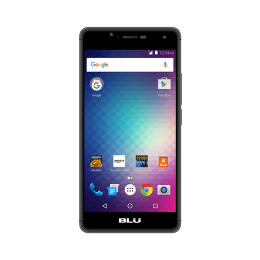
But is that something people want? After a week with the Blu R1 and Moto G4, I have some doubts.
Amazon’s Ad Phones Explained
Every time you turn on a Prime phone, a different ad appears at the bottom of the lock screen’s notifications list. If you don’t have any other notifications, the ad takes over the entire screen instead.
Amazon says these ads will be personalized, but so far I haven’t noticed. Over the last week, I’ve seen ads for mascara, crime novels, TVs, cameras, mattresses, outdoor water filters, label printers, flip-flops, eyeglasses for screen fatigue, and whole bunch of Amazon Prime TV shows. If there’s a common thread here, it eludes me.
Amazon’s home screen widget, which advertises deals from the online retailer, is closer to the mark. Roughly half the deals I get are related to electronics—chargers, battery packs, earbuds, car mounts—which makes sense given my purchase history and interests. The bottom of the widget also provides direct access to Amazon orders and an Amazon shopping list.
As for Amazon’s pre-installed apps, I count 11: The master shopping app (including the company’s Appstore for Android), Video, Kindle, Music, Photos, Drive, Alexa, Audible, Prime Now, IMDb, and Goodreads.
Overall, the setup seems like something Amazon should have done all along instead of releasing the disastrous Fire phone two years ago. Sure, Amazon apps and services have to share space with those from Google, but being able to use Google Maps, Gmail, and the full Google Play Store is a benefit for consumers, not a drawback, and I doubt anyone’s missing the 3D perspective gimmick that was the Fire phone’s defining feature. Maybe Amazon will make another phone someday, but putting its services onto other companies’ phones provides similar advantages with none of the risks.
Decent Phones Done Cheap
The phones themselves aren’t too bad, either, given the price.
I normally use an iPhone 6 Plus or a Nexus 5X, both of which cost more than the Moto G4 and Blu R1 HD, and switching to the cheaper phones didn’t feel like a burden. Opening apps and toggling between them felt zippy on both phones; the biggest drag on performance came when scrolling through large websites, opened via Facebook or Twitter, but my Nexus 5X has similar issues. (With the Blu R1 HD, Amazon loaned the $60 model with 16 GB of storage and 2 GB of RAM, rather than the $50 model that cuts those specs in half. Spending the extra $10 should be a no-brainer.)
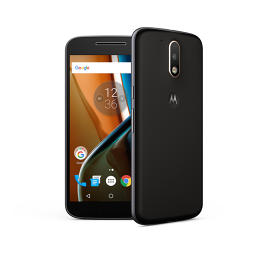
Which of the two Prime phones is better? The Moto G4 has a sharper, larger, and more vibrant display (5.5 inches and 1080p resolution, versus 5 inches and 720p resolution on the Blu R1 HD). Motorola’s 16-megapixel rear-facing camera is also far superior to the 8-megapixel shooter on Blu’s phone, which doesn’t capture as much detail and produces a strangely hazy effect with indoor shots. The G4’s speakers are louder and richer as well.
Still, the comparison is closer than it ought to be given the $110 price difference. If you can forgive the Blu logo stamped on front of the R1 HD, the design is more pleasing than that of the G4, with subtly curved glass around the edges and a soft-touch rear plastic panel. Both the Moto G4 and Blu R1 HD have 5-megapixel front-facing cameras, and although the G4 has a wider angle and lets in more light, the R1 HD’s front-facing flash could be useful in darkened rooms.
Neither phone is going to outperform an iPhone or a Samsung Galaxy S phone, of course. But they succeed in bringing the price of a “good enough” phone lower than ever, especially with $50 chopped off by Amazon subsidies.
Freeing Your Mind
When I received the Prime phones, the first thing I did was try to circumvent Amazon’s advertising. Unsurprisingly, Amazon makes this rather difficult.
You’re allowed to remove the home screen widget with daily deals, and you can disable Amazon’s apps so they don’t clutter up the launcher, but there’s no way to remove Amazon’s software outright, so it’s always taking up storage space.
The lock screen ads, meanwhile, are pretty much unavoidable. The system app that delivers these ads can’t be disabled, and if you install a third-party lock screen from the Google Play Store, unlocking it just takes you to Amazon’s lock screen underneath. (I haven’t attempted rooting the phone to run alternative firmware, though I imagine some hackers will figure this out eventually.)
Amazon does offer an escape hatch of its own, as it does with its subsidized Kindle e-readers and Fire tablets: Through the device management page on Amazon.com, you can pay back the $50 discount and remove the lock-screen ads for good. (One potential side effect: It’s unclear if Prime phones will get Android updates in lockstep with their non-Prime counterparts. Asked for comment on this, Amazon deferred to the phone makers, and Motorola was noncommittal.)
Ultimately, I see why ditching the ads may be desirable. While they never hindered my ability to use the phones, they already feel like an intrusion.
We check our phones dozens of times every day, which means each ad on a Prime phone is getting plenty of chances to sear itself into your memory. And in my experience, it’s working. I can’t remember the vast majority of ads that I scroll past on websites and social media, but I have no trouble recalling the Fitbit, Sony TV, and Casper mattress Amazon wants to sell me.
Perhaps that explains why Prime phones are getting a much bigger discount than any of Amazon’s subsidized tablets and e-readers, which are respectively $15 and $20 cheaper than their ad-free counterparts. How often do we reach for our e-readers or tablets? Probably not nearly as often as we do the phones in our pockets. Smartphones are still the ultimate piece of advertising real estate, and while $50 may seem like a lot for Amazon to pay, the all-day attention it gets in return could be priceless.
Fast Company , Read Full Story
(34)

